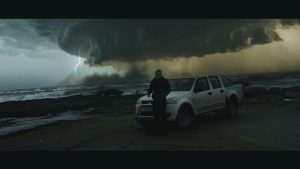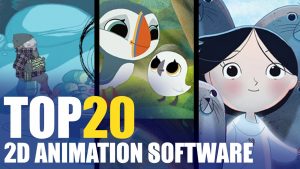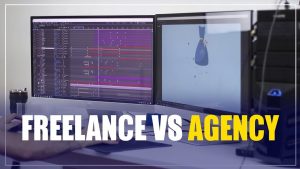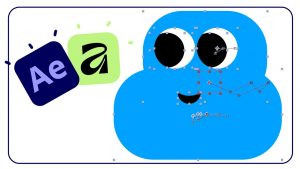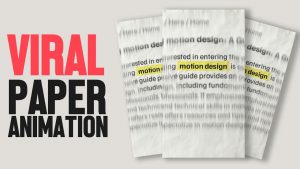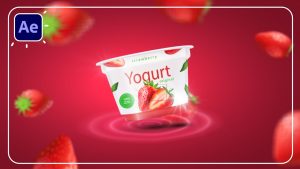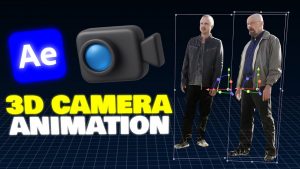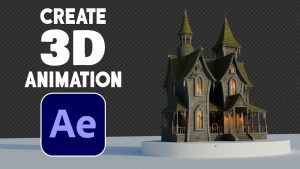Create 40 Second Animation | Motion Graphics | Tips and Tricks
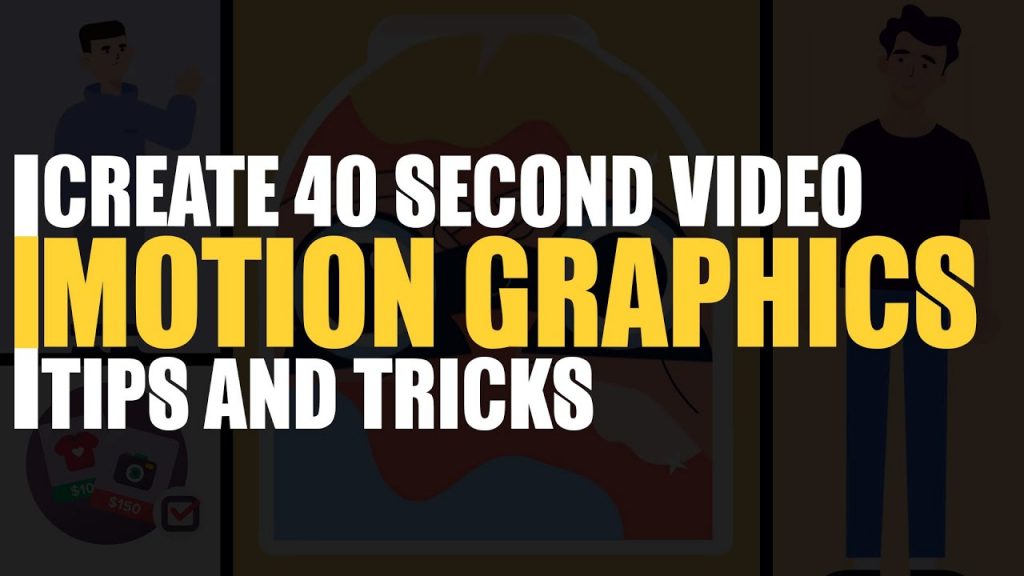
Which steps do you need to create a 40-second motion design? – First, you need to get a brief from the client. Why? Because the client might have special requests for the video. Important things about the service, special notes etc. Also, the summary, company policies, brand colour, logos, highlighted statements and desired target audience are outlined. After collecting complete information about the company, we will continue with scripting-e. Here, you can see the scene sequence, the details, scene transition effects, text, character movements and objects. When these are ready, we will start the storyboard. Each scene is drawn separately in the storyboard. What is the purpose of this? This is to make both you and the client comfortable. The client will get a preview about how the animation will look. Motion designer does not have to memorise all the scenes. It is sufficient enough to look at the storyboard for each scene. Then, vectors for the scene are prepared. If you are working in the motion design field, the designer must create these vectors instead of you. But if you are both designer and motion designer, you can do it on your own. Also, you can use free or paid vector websites for the vectors. Freepik is a free website and Shutterstock is a paid website. Don’t forget to add copyright when you use Freepik. The best is to read Freepik rules before using. Start the animation after you complete the vectors. We follow the storyboard when we do the animation. The animation must be visually dynamic, interesting and most importantly with words in the screenplay. We must remember that we will need a background voice for the animation. This is the voice of voice artists. We need to use it when we prepare the animation to synchronise the scene and the audio. After doing all that, we open the Adobe Premier program and create voice effects, transitions and background music. This is almost the last stage. Here, we apply a special voice effect for each animation movement. Lastly, we prepare the video for rendering. And we are done. Enjoy.

